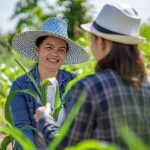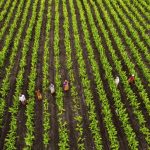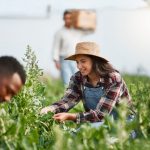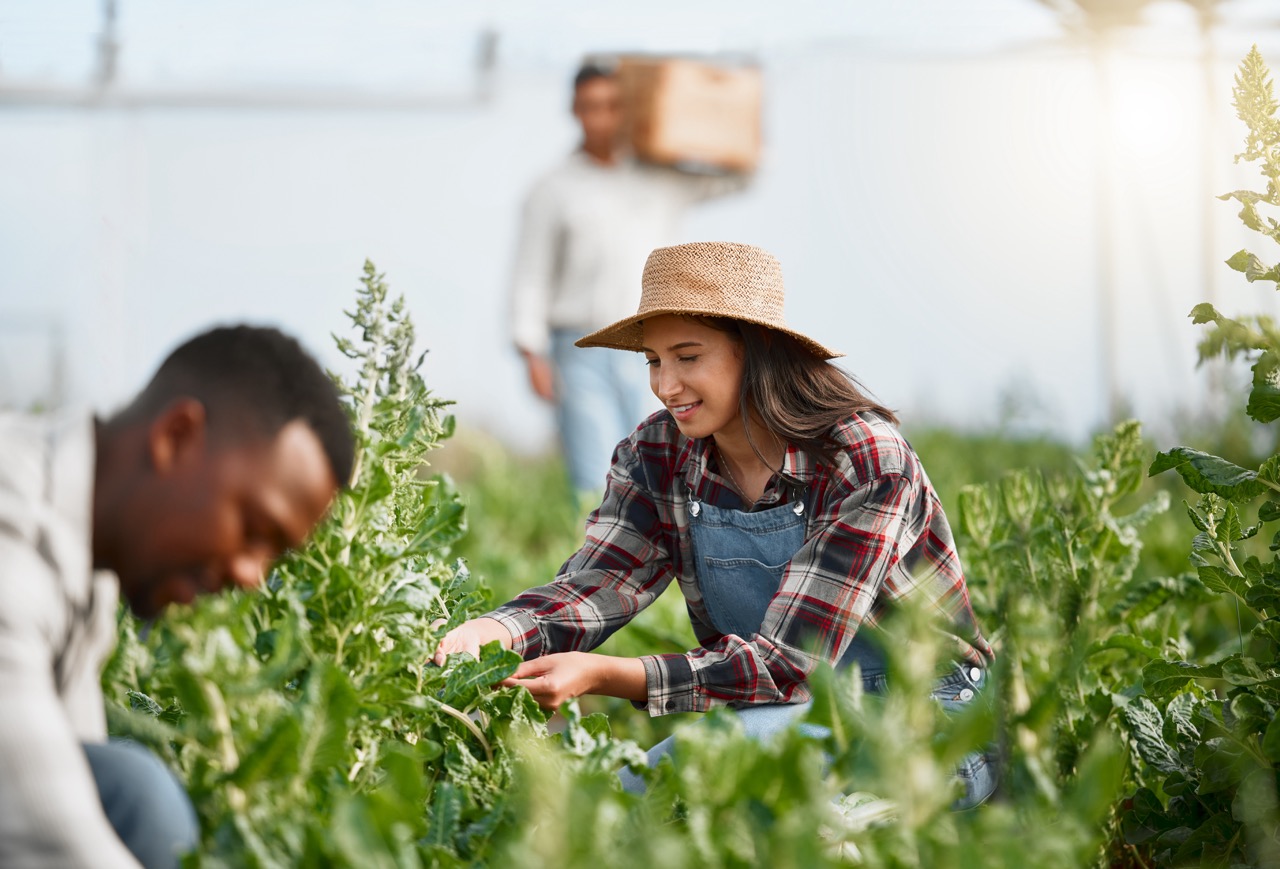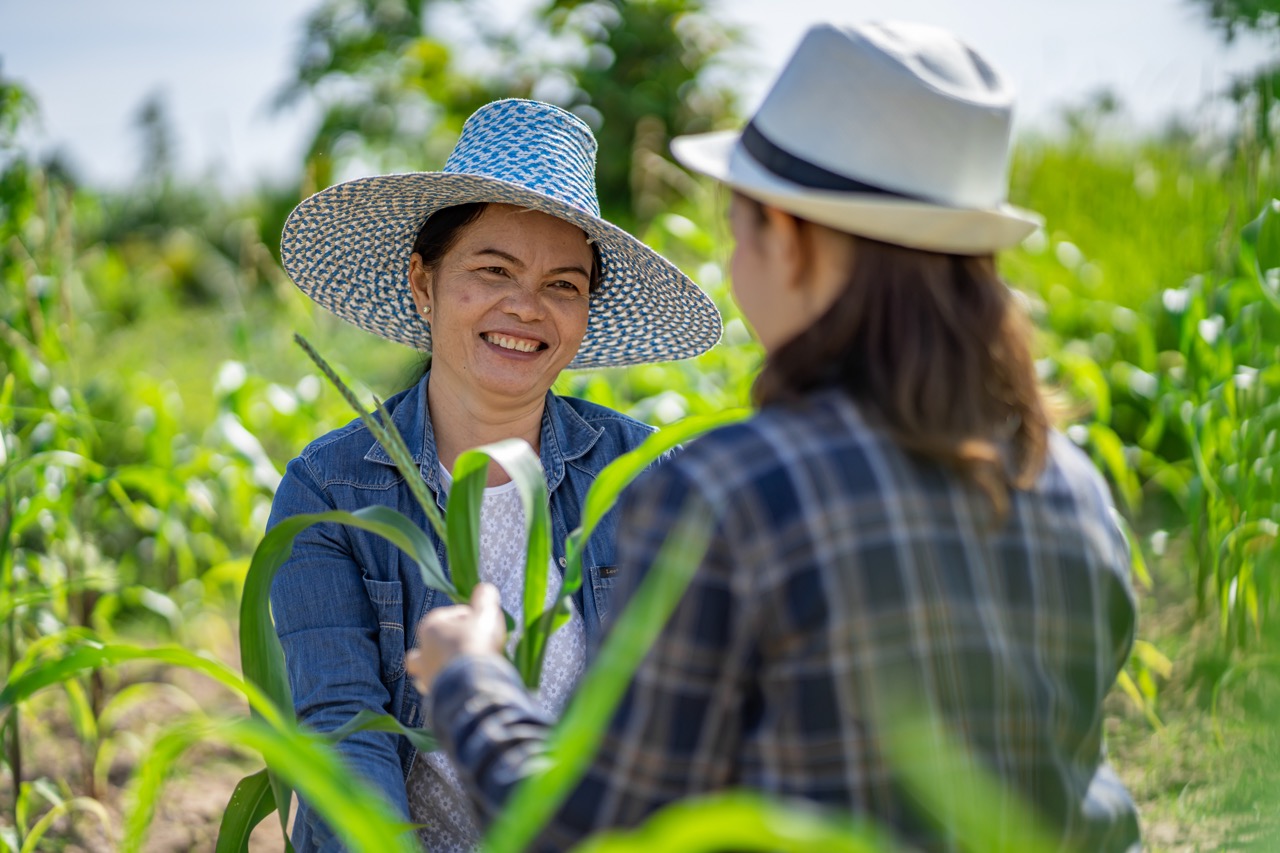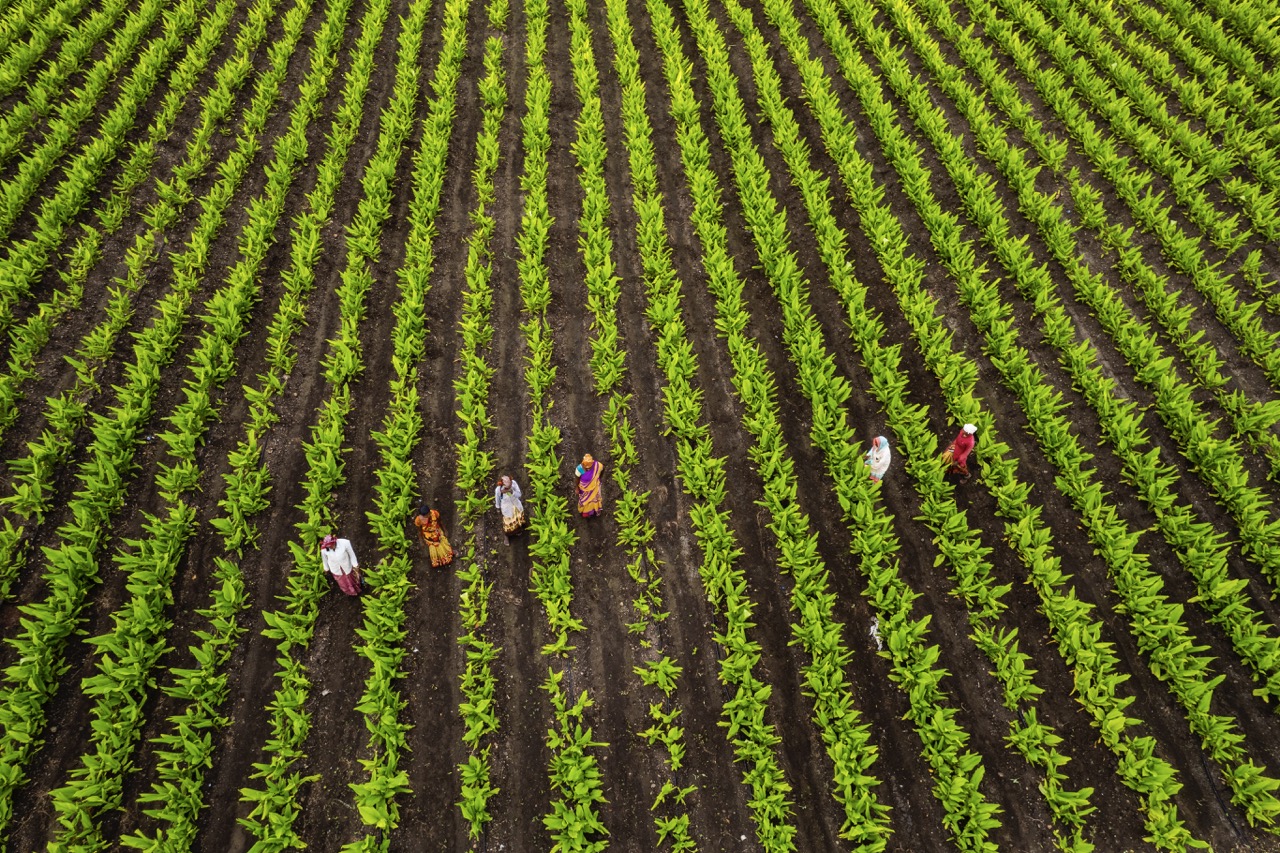Urban agriculture has emerged as a transformative force in cities around the world, promoting sustainability, food security, and community engagement. One innovative approach gaining traction is sharecropping, a system traditionally associated with rural farming but increasingly applied in urban settings. This article explores how sharecropping can significantly benefit urban agriculture projects, enhancing community participation, providing economic advantages, and showcasing successful implementations through case studies.
Exploring the Benefits of Sharecropping in Urban Settings
Sharecropping, in its essence, allows individuals or families to farm land they do not own in exchange for a share of the crop produced. In urban agriculture, this model can be adapted to utilize underused spaces, such as vacant lots or rooftops, fostering agricultural production where it might otherwise be unfeasible. By empowering local residents to cultivate these spaces, sharecropping can increase the availability of fresh produce in food deserts, thereby addressing food insecurity in urban neighborhoods.
Additionally, this system encourages resource sharing, enabling urban farmers to access tools, seeds, and knowledge without the financial burdens typically associated with starting a farm. Sharecroppers can leverage existing community networks to learn sustainable practices, beneficial crop rotations, and pest management techniques. This collaboration not only improves crop yields but also fosters a sense of ownership and pride among participants, leading to stronger community ties.
Moreover, sharecropping can incentivize landowners to turn idle plots into productive agricultural hubs. By allowing individuals to farm on their land, owners can benefit from increased property value and potential revenue-sharing from the harvest. This unique collaboration can create a cycle of mutual benefit, where landowners contribute to local food systems and sharecroppers gain access to land that would otherwise remain fallow.
How Sharecropping Enhances Community Engagement in Cities
Sharecropping plays an integral role in building community connections within urban environments. By bringing together individuals from diverse backgrounds and experiences, these projects cultivate a sense of belonging and collaboration. As local residents work side by side, they develop relationships that transcend socioeconomic divides, fostering a stronger, more inclusive community.
Urban sharecropping initiatives often involve educational components, such as workshops and training sessions, where participants can learn about sustainable farming practices and nutrition. These educational opportunities not only empower individuals with valuable skills but also encourage them to take an active role in shaping their community’s agricultural landscape. As sharecroppers gain knowledge and confidence, they are more likely to engage in broader community issues, promoting local advocacy for sustainable policies and practices.
Furthermore, sharecropping can serve as a catalyst for local events and activities, such as farmers’ markets, community dinners, and festivals celebrating local produce. These gatherings not only showcase the fruits of collective labor but also attract diverse groups of people, creating opportunities for social interaction and networking. Such events can strengthen community identity and pride, fostering an environment where urban agriculture thrives.
Economic Advantages of Implementing Sharecropping Models
Implementing sharecropping models in urban agriculture can yield significant economic benefits for both participants and the local economy. For sharecroppers, the reduced financial barrier to entry allows them to generate income from farming without the need for extensive capital investment. This model can be particularly beneficial for marginalized individuals or families seeking to improve their economic circumstances while contributing to local food production.
Moreover, sharecropping projects can stimulate local economies by creating jobs related to urban agriculture, from farmers to market managers and distributors. As urban agriculture expands, it can lead to increased demand for local goods and services, such as organic fertilizers, tools, and transportation, thereby benefiting small businesses and entrepreneurs within the community. This localized economic activity can create a ripple effect, boosting overall economic resilience in urban areas.
Additionally, sharecropping can enhance food sovereignty by enabling communities to grow their own food, reducing reliance on external suppliers. This self-sufficiency can lead to more stable food prices and improved access to fresh produce, ultimately benefiting local consumers. By fostering a diverse and resilient agricultural ecosystem, sharecropping not only enhances food security but also contributes to the overall economic vitality of urban areas.
Case Studies: Successful Urban Agriculture Sharecropping Projects
Several urban agriculture projects around the world have successfully implemented sharecropping models, demonstrating their potential impact. For instance, in Detroit, Michigan, the Urban Farming Initiative has pioneered a sharecropping program that empowers local residents to cultivate vacant lots. Participants receive training, resources, and a share of the harvest, leading to increased food access while revitalizing neighborhoods and creating green spaces. This initiative has not only improved local food security but has also fostered community pride and engagement.
Another notable example is the Brooklyn-based initiative, CITY GROWS, which pairs landowners with local farmers in a sharecropping arrangement. This program effectively utilizes underutilized spaces throughout the borough, allowing urban farmers to grow produce while providing landowners with a share of the profits. The collaboration has resulted in the establishment of several successful urban farms, enhanced community interaction, and increased awareness of sustainable practices among residents.
Additionally, in Toronto, the Farm to School program has integrated sharecropping into its educational curriculum, linking local schools with community gardens and farms. Students participate in the cultivation and harvest of crops, learning about agriculture, nutrition, and environmental sustainability. This model not only enriches the educational experience but also nurtures a generation of informed citizens who value local food systems and community engagement.
In conclusion, sharecropping presents a promising approach to enhancing urban agriculture projects, offering numerous benefits to communities and local economies. By fostering community engagement, providing economic opportunities, and showcasing successful case studies, sharecropping can help reshape urban landscapes into vibrant hubs of agricultural production. As cities continue to grapple with food insecurity and environmental challenges, innovative models such as sharecropping will play a critical role in driving sustainable urban development and social equity.
